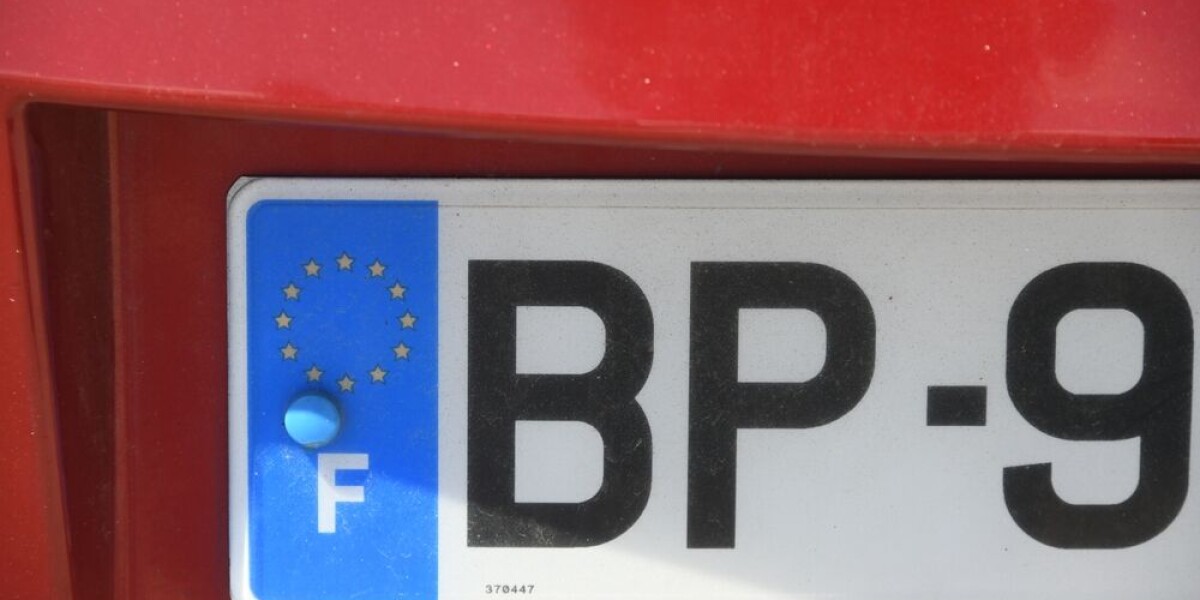
What do the different number plate colours of cars mean in france?
- Select a language for the TTS:
- UK English Female
- UK English Male
- US English Female
- US English Male
- Australian Female
- Australian Male
- Language selected: (auto detect) - EN
Play all audios:

STANDARD PASSENGER VEHICLES MUST BE WHITE, BUT DO YOU KNOW WHAT THE OTHER COLOURS SIGNIFY? White, black, red, blue, or green; here is what they all mean. The background colour of number
plates (also known as licence plates) enables authorities and the public to identify the type of vehicle without having to look closely at the actual numbers, and act quickly when needed. *
White: Standard passenger cars * Black: Classic vehicles over 30 years old, without major modifications * Red: Vehicles in temporary transit, valid for three weeks to six months * Blue:
French military vehicles in border areas, particularly French forces in Germany * Green: Diplomatic vehicles, with specific letters depending on function Since July 1, 2004 white plates have
been compulsory for most standard passenger vehicles in France. White replaced the old yellow plates, in a move that was intended to make it easier to read registration numbers. The
Système d'Immatriculation des Véhicules (SIV) which came into force in 2009 further standardised the appearance of the plates, adding blue borders and black numbers on a white
background. Vehicle owners must ensure that their plates comply with these standards. Read also: Car registration fees in France: Normandy rise highlights national variations Read also: Can
I change the number plate on my French car? EXEMPTIONS, BENEFITS, AND OTHER MEANINGS Other peculiarities for different-coloured plates include: * White: Can have ‘WW’ at the start, which
denotes a temporary plate, valid for four months and non-renewable * Black: Some vintage vehicles can benefit from specific insurance cover and exemption from air pollution norms * Red:
Vehicles in temporary transit, or used by owners who do not live permanently in France, such as diplomats or foreign students. They are exempt from VAT and customs duties * Green: Reserved
for diplomatic workers. They also have orange letters that show the precise function of the owner, e.g. a consul (C), ambassador (CMD) or member of the administrative staff (K). These
vehicles also have special privileges, such as exemption from the contrôle technique. Read also: What are ‘WW’ car registration plates in France? Read also: Explainer: The rules of France’s
contrôle technique car checks Read also: Can you trace a car in France by its number plate after accident?
